Wine/beer/spirits - part 1: Thirsty in Central Europe

Thus far in our series, we’ve spent a lot of time in the kitchen exploring some of the region’s favourite sweet and savoury dishes. But, let’s be honest, no Central European meal is really complete without the right beverage(s) to imbibe. From cold, frothy pints to full-bodied wines and tasty tinctures, let’s raise our glass to the beer, wine, and spirits of Central Europe!
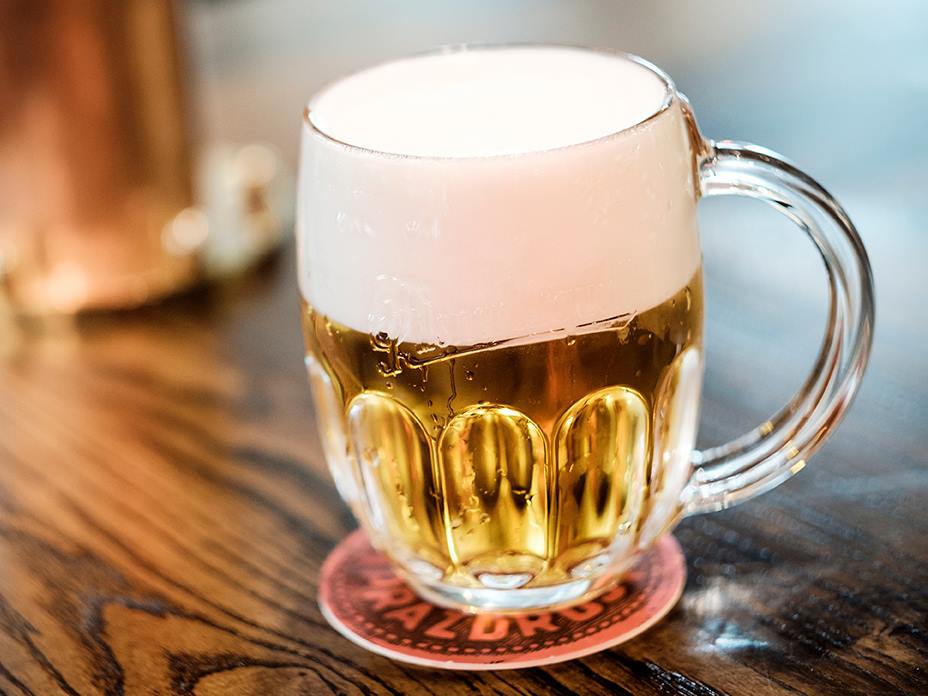
Is there anything more refreshing than enjoying an ice cold beer on a sweltering summer’s day? We’re talking about big frosted mugs of golden elixir, a symphonic suspension of micro bubbles, big Bohemian brews! No, the tepid contents of a can of Molson or Coors Light simply won’t do. When we talk beer, we mean BEER. And when we talk beer in Central Europe, we mean serious business — a 16.8 billion dollar industry for one nation alone! And though bubbly brews are enjoyed all around the region, we would be hugely missing the mark if we didn’t “hop” over to the Czech Republic and begin our tale in the city of Pilsen, known around the world for its famous Pilsner beer.
The time-honoured tradition of Czech brewing stretches back nearly a thousand years — yes, that’s a lot of beer! Historians can date back to the year 993, where evidence of a brewery was discovered at Brevnov Monastery in Prague. In the early days, brewing beer was almost exclusively done at monasteries. There surely must have been some tipsy monks with all that experimenting! By 1250, rights for breweries began to be granted throughout Czech lands and Czech hops — the flowers of the hop plant that are used to impart the complex fruity, citrusy, or floral bitterness in beer — were prized more highly than nearly any other varietal across Europe. But it would still take generations of Czech brewers, and a few more centuries, until a beer similar to what modern-day drinkers would recognize was finally crafted.
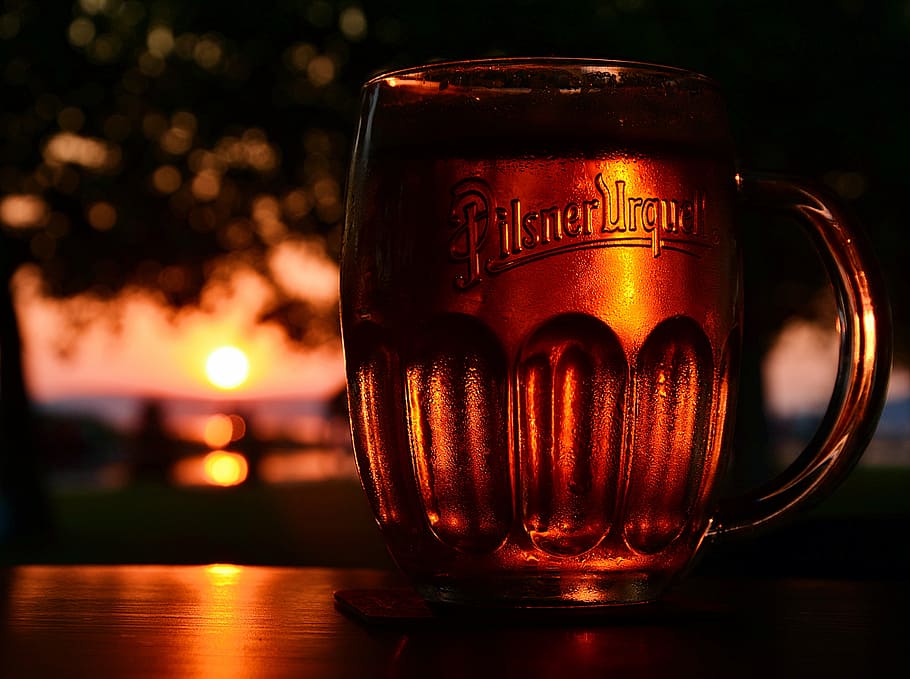
By the early 19th century, improvements to infrastructure made the transfer of goods, including beer, easier. While Bohemian beers were being exported, Bavarian-style brews arrived in the country from Germany, introducing Czechs to a darker, “bottom-fermented’ style of beer. This style of beer-making involved a cooler fermentation temperature and a type of yeast that would sink to the bottom of the wort (or unfermented beer), thus conducting the fermentation from the bottom up. Previously most Czech beers were “top-fermented” and would have the yeast introduced at the top of the wort at a slightly warmer temperature. While Czech brewers across the country quickly began to experiment with bottom-fermentation, the brewery in Pilsen had another trick up its sleeve. Using English-style kilns, the brewery would gently dry its malt using indirect heat. This, in addition to the town’s exceptionally soft water, resulted in a brew that tasted as clean and crisp as the Bavarian beer, but, rather than turning out dark in colour, the new Pilsen beer boasted a beautiful golden hue. The Pilsner was an astronomical success and its influence sparked nothing short of a revolution in Czech beer-making that endures to this day!
While home-brewing can be quite an involved affair, check out our recipes and resources for some excellent introductory guides. If DIY isn’t your style, there is no shortage of amazing Central European beers available at any good liquor store in Edmonton. Lastly, if you really want to take your beer connoisseurship to the next level, you can plan a trip to one of several excellent beer museums in the Czech Republic!
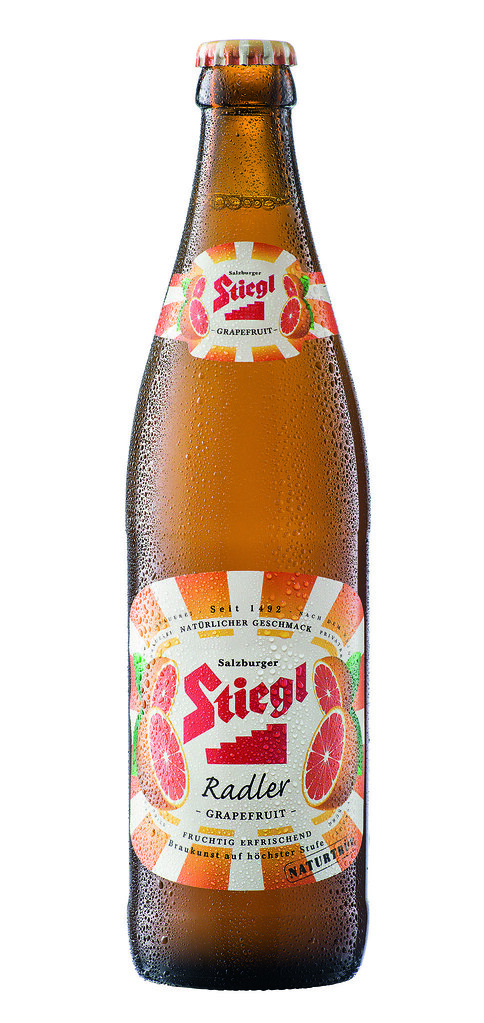 |
Edelweiss (Austrian) Steigl Radler (Austrian) Gösser Beer (Austrian) Czechvar Premium Lager (Czech) Pilsner Urquell (Czech) Żywiec (Polish) Okocim (Polish) Tyskie (Polish) Kasztelan (Polish) Lezajsk (Polish) Karlovacko Beer (Croatian) Golden Pheasant (Slovakian) |
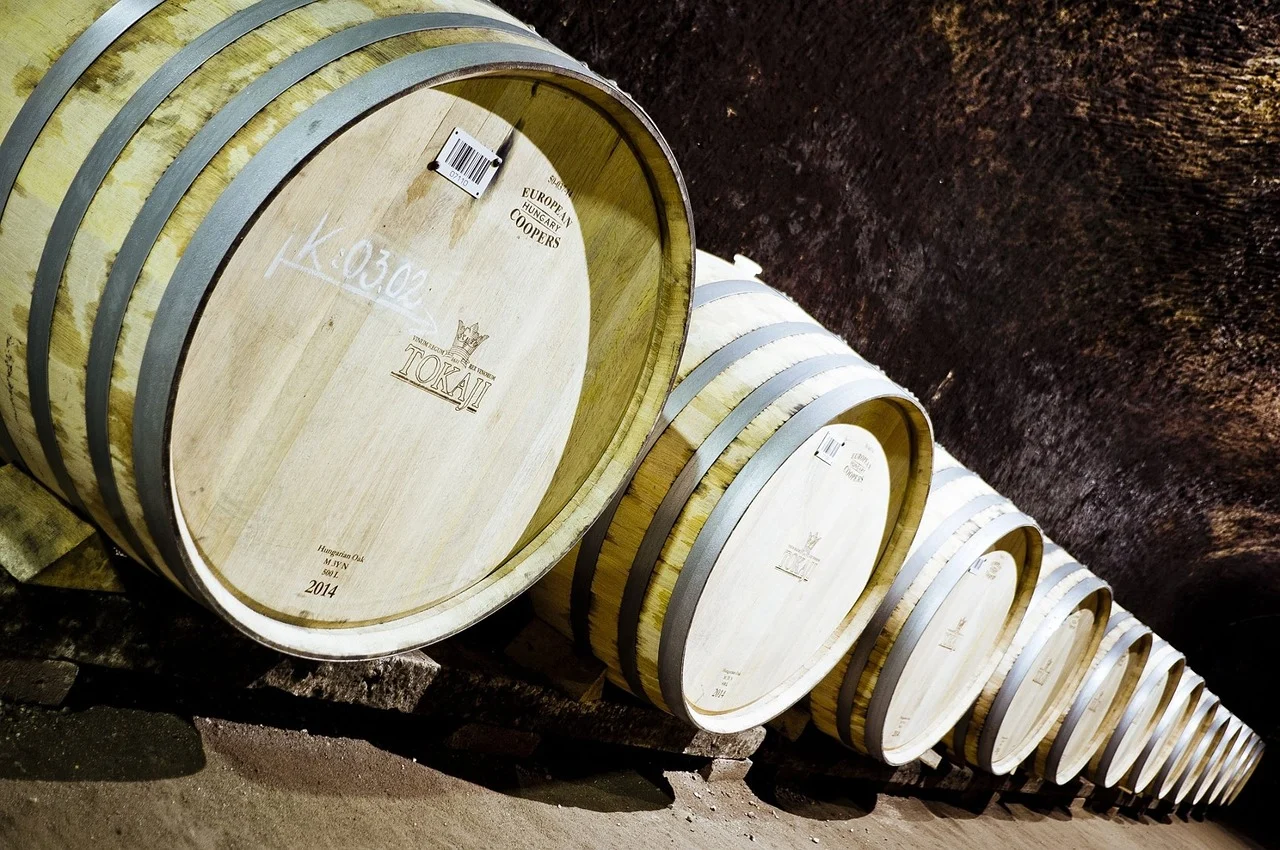
Though Hungary boasts several spectacular wine regions, including Villány, Eger and Nagy Somló, today we will guide you through the most impressive: Tokaj. Though France and Italy may be top of mind when one thinks of fabled European wineries, Hungary was actually one of the most important wine producers in all of Europe just over a century ago. Before the ravages of two world wars, consequent political strife, and a devastating infestation of phylloxera in the late 1880s, Hungarian wines appeared in the finest wine collections across Europe and were the choice of noblemen and kings. And though these events hampered the Hungarian winemaking industry for several decades, through the devotion and passion of some incredible artisans, today Hungary offers some truly exceptional wines! Let’s take a look at what makes Hungarian wine so special.
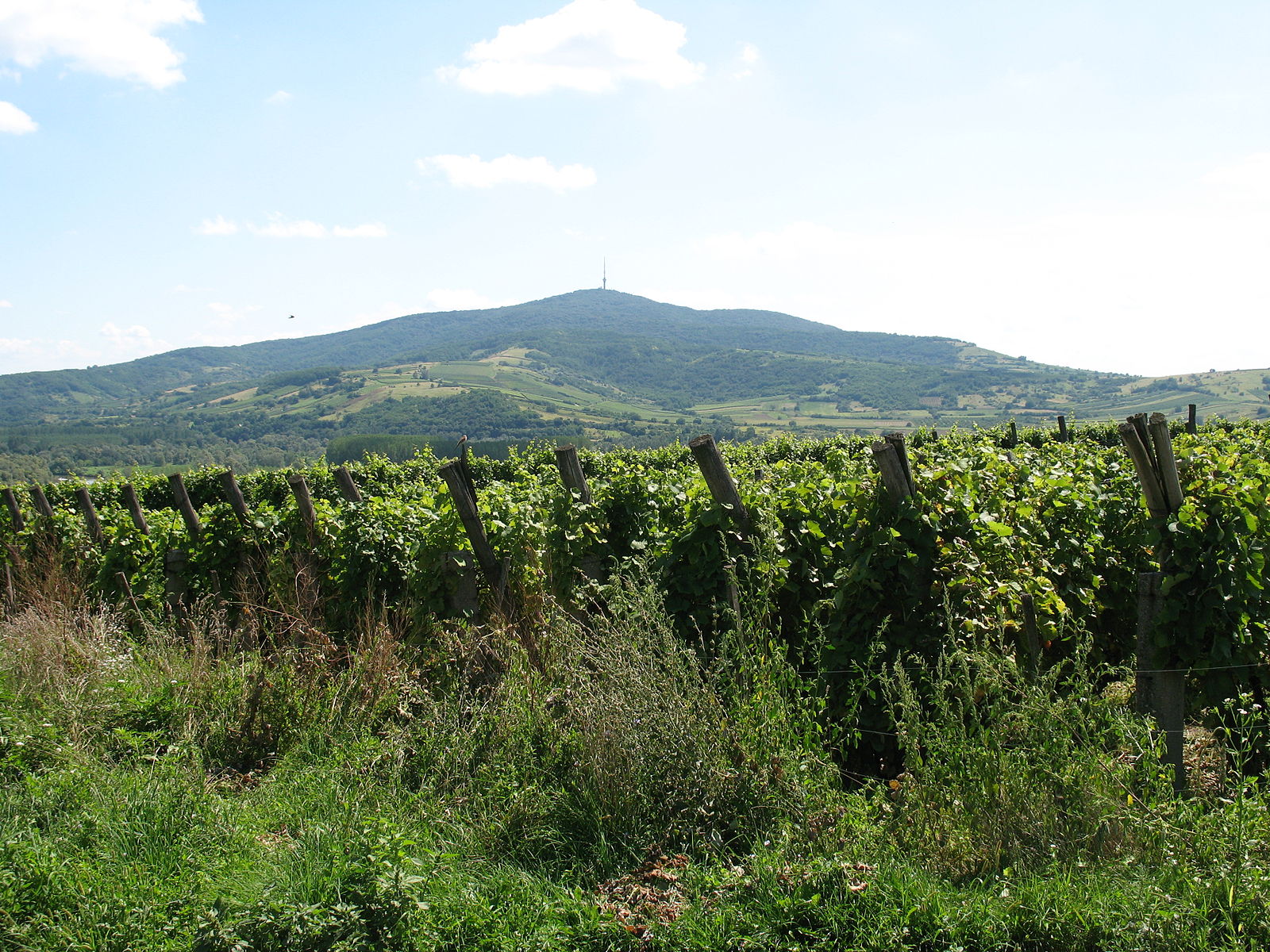
Truly great wine starts from the ground up. Really. It all starts with the soil! And the picturesque hills of Hungary abound with stores of mineral and volcanic ash that make soil ideal for producing fine wines. The Tokaj region is especially rich with iron and lime. Tucked between the Bodrog and Tisza rivers, the area hosts a unique microclimate that sees moist air tango with plenty of sunshine and soaring winds — part of what makes Tokaj the crown jewel of Hungarian wine regions. It also happens to be the oldest classified wine region in the world and a UNESCO World Heritage site! It is renowned for its two signature varietals, the Tokaji (a sweet wine wine) and the Furmint (a dry, white wine).
Furmint wines range in colour from pale yellow to soft amber hues, scented with notes of pineapple and citrus fruit, ripe peach, pear, and apricot. These dry wines, sometimes compared to Riesling, are enjoyed for their zesty and light qualities. Refreshing and balanced, they pair excellently with seafood, sushi, lemon-scented chicken dishes, and vegetable dishes. A perfect companion for an elegant summer meal!
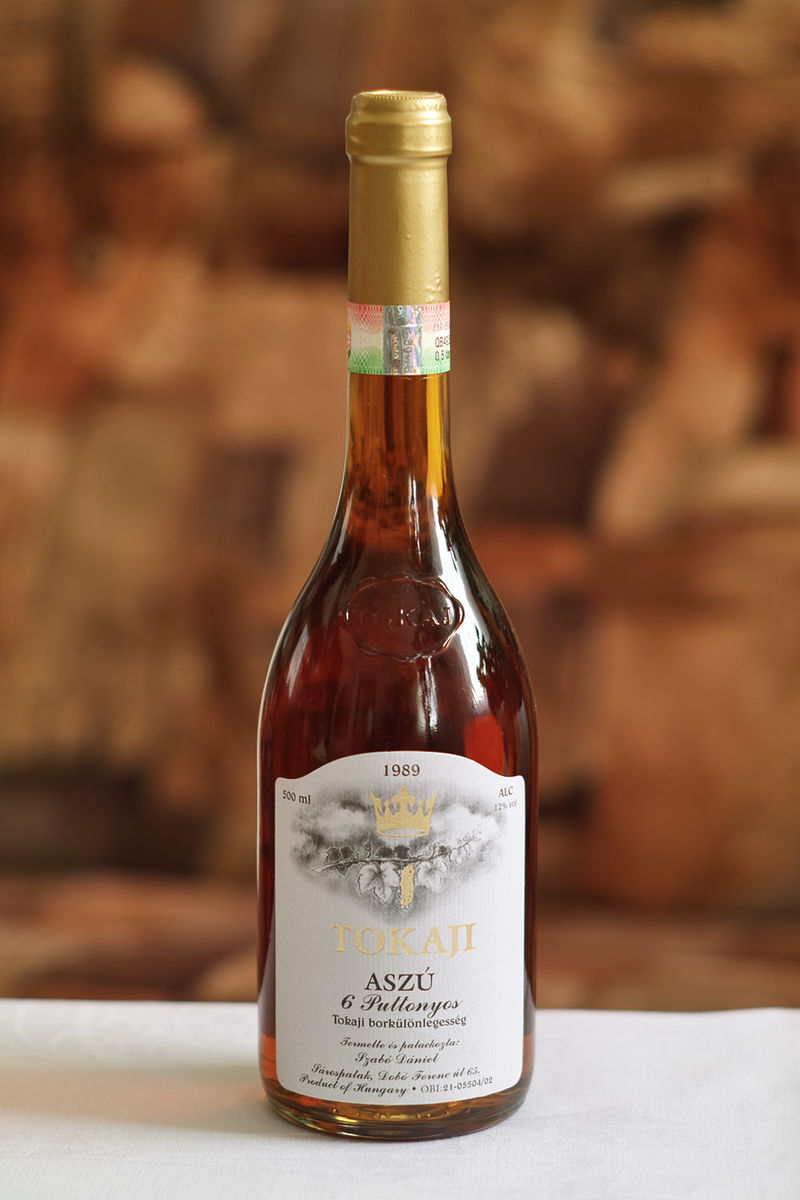
Tokaji wines are sweet (sometimes exceptionally so) yet sophisticated, golden toned wines. Tasting of honeyed ripe peach, plum, or apricot at the forefront, scented with warm spices like clove or cinnamon, they are balanced by a lively acidity that truly makes them sing. There are several different subtypes of tokaji: Aszú, Eszencia, Szamorodni, and Fodítás and Máslás. The Eszencia is so sweet, in fact, that its high sugar content endows it with such a syrupy viscosity that it most often is served by spoon rather than in a glass! It also means that the wine can be aged almost indefinitely. Talk about decadent! It’s no wonder Louis XIV himself famously deemed the Tokaji Aszú as “the king of wines and the wine of kings”!
Though you don’t necessarily need to be on a king’s budget to enjoy a bottle, it is certainly a wine perfect for a special occasion. You can expect to pay between $40-100 for a good bottle — more than twice as much for an exceptional one. In fact, for a once in a lifetime bottle of wine, Royal Tokaji’s limited edition Essencia 2008 clocks in at almost $50,000 a bottle making it the world’s most expensive wine as of 2020! Because of its intoxicating sweetness, most tokaji wines pair excellently with creamy blue cheese, decadent foie gras, orange-scented dark chocolate, and even spicy Asian dishes. Of course, it is stands up well to be savoured as an aperitif all on its its own.
We hope you’ve enjoyed the first round of “Thirsty in Central Europe”! Thirsty for more? Stay tuned for part two next week!
Companion Recipes & Resources
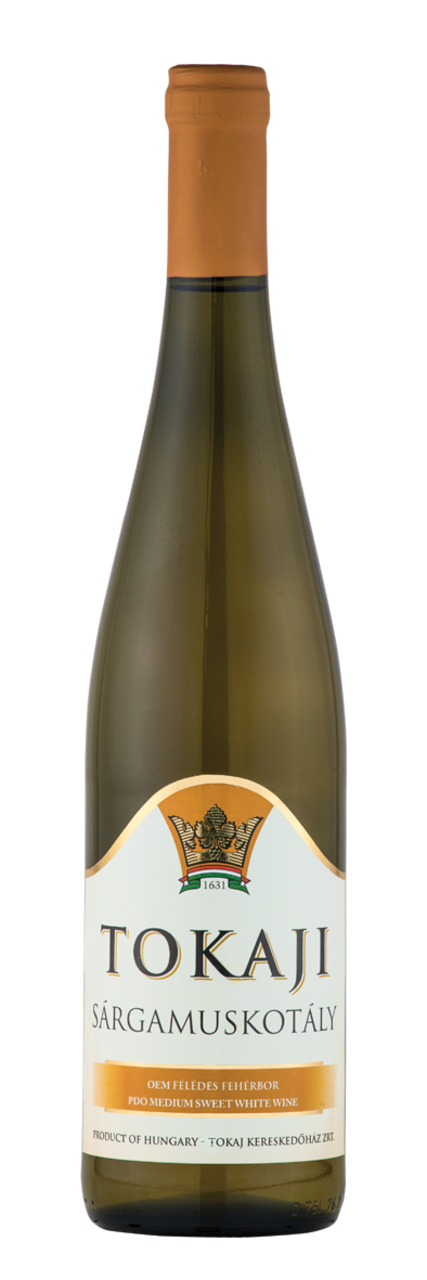
Beer:
https://www.tasteatlas.com/50-most-popular-beers-styles-and-brands-in-central-europe
https://www.seriouseats.com/homebrewing-pilsner-for-intermediate-homebrewers-pilsner-beer-recipe
https://www.homebrewersassociation.org/homebrew-recipe/vitoria-vienna-pilsner/
https://byo.com/article/bohemian-pilsener-style-profile/
https://www.youtube.com/watch?v=lWh0_ntfErE
https://archiv.radio.cz/en/static/czech-beer/history
https://www.prazdrojvisit.cz/en/tours/brewery-museum-tour/
https://beertastingljubljana.com/blog/awarded-slovenian-beers/
Wine:
https://www.offbeatbudapest.com/budapest-city-guide/hungarian-wine-beginners-guide/
https://whc.unesco.org/en/list/1063/
https://www.matchingfoodandwine.com/news/pairings/the-best-food-pairings-for-tokaji-aszu/
http://www.royal-tokaji.com/serving.php
https://winefolly.com/deep-dive/the-story-of-tokaji-wine/
https://tastehungary.com/journal/tokaji-aszu-the-story-of-the-worlds-oldest-sweet-wine/
https://www.cnn.com/travel/article/expensive-wine-hungary/index.html
http://www.the-buyer.net/tasting/wine/oz-clarkes-top-10-hungarian-wines/
https://www.winemag.com/2017/04/14/the-dry-side-of-furmint/